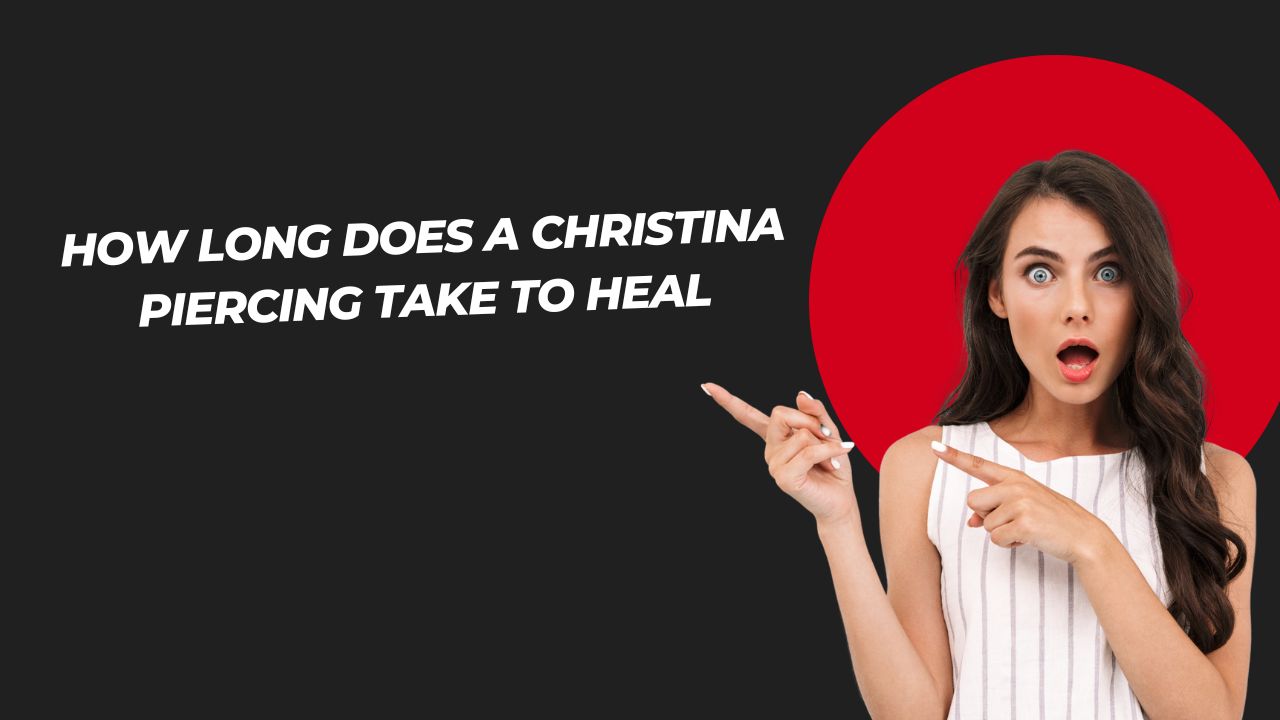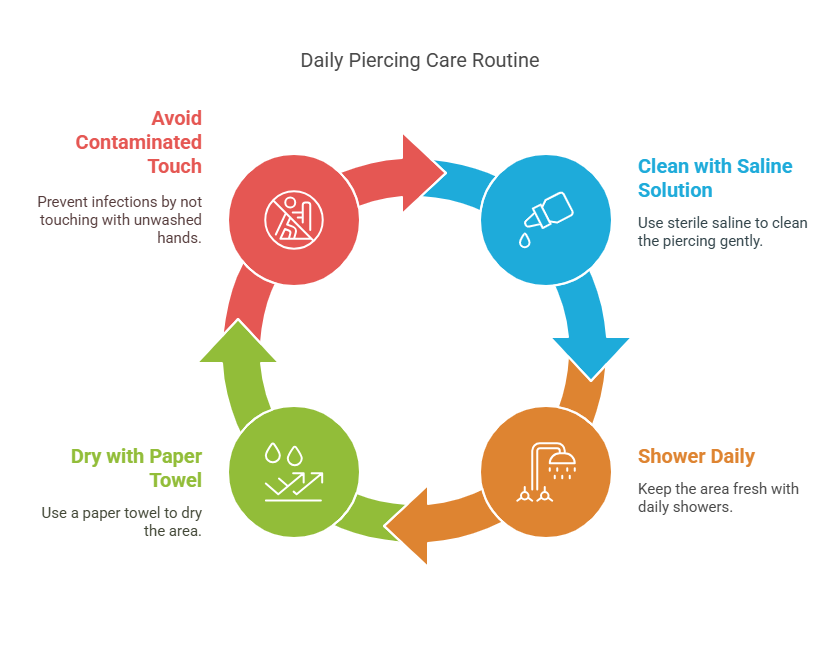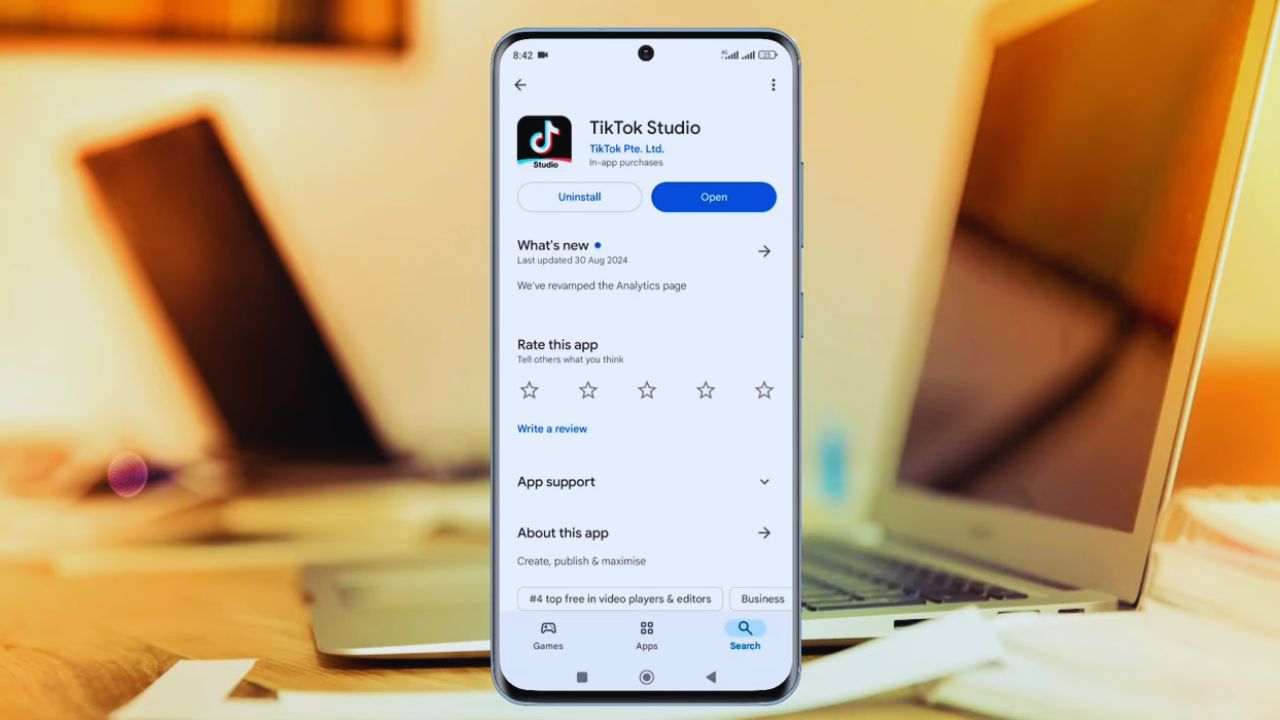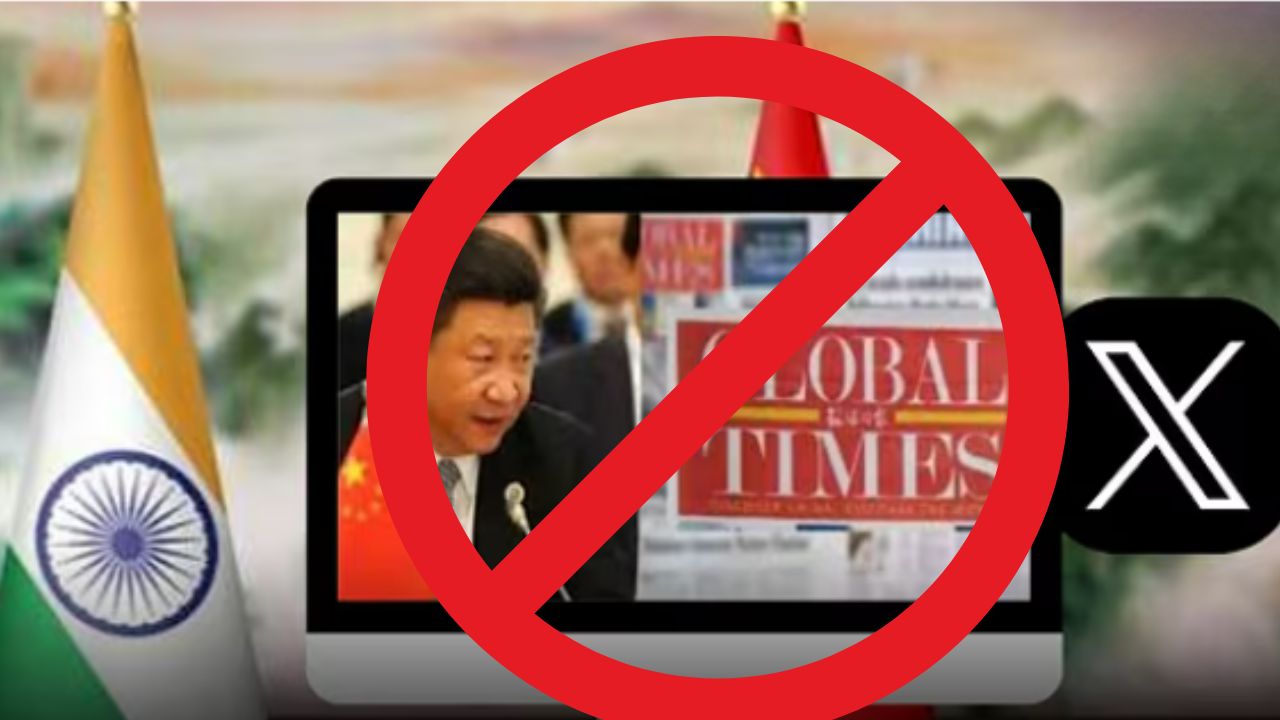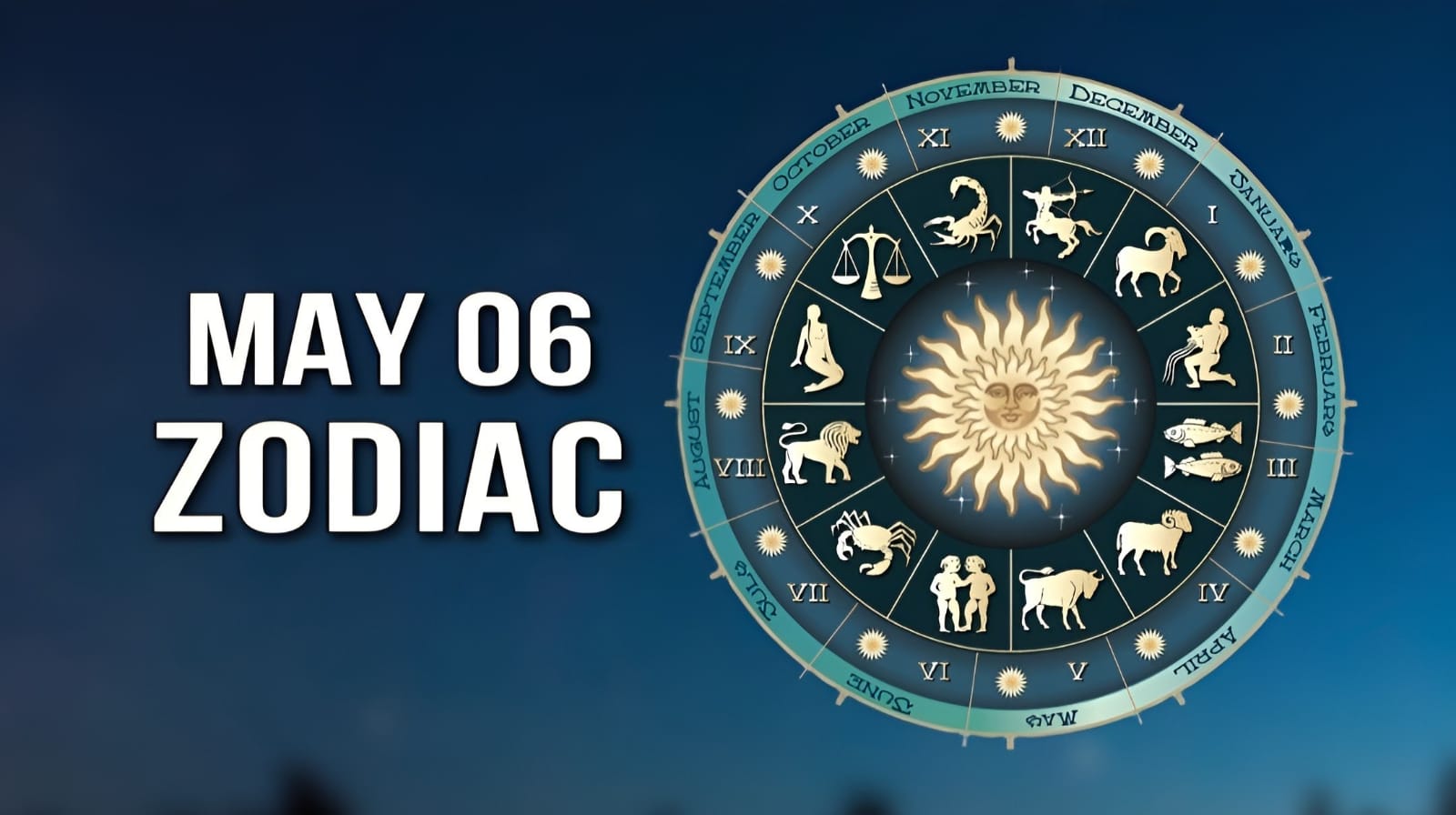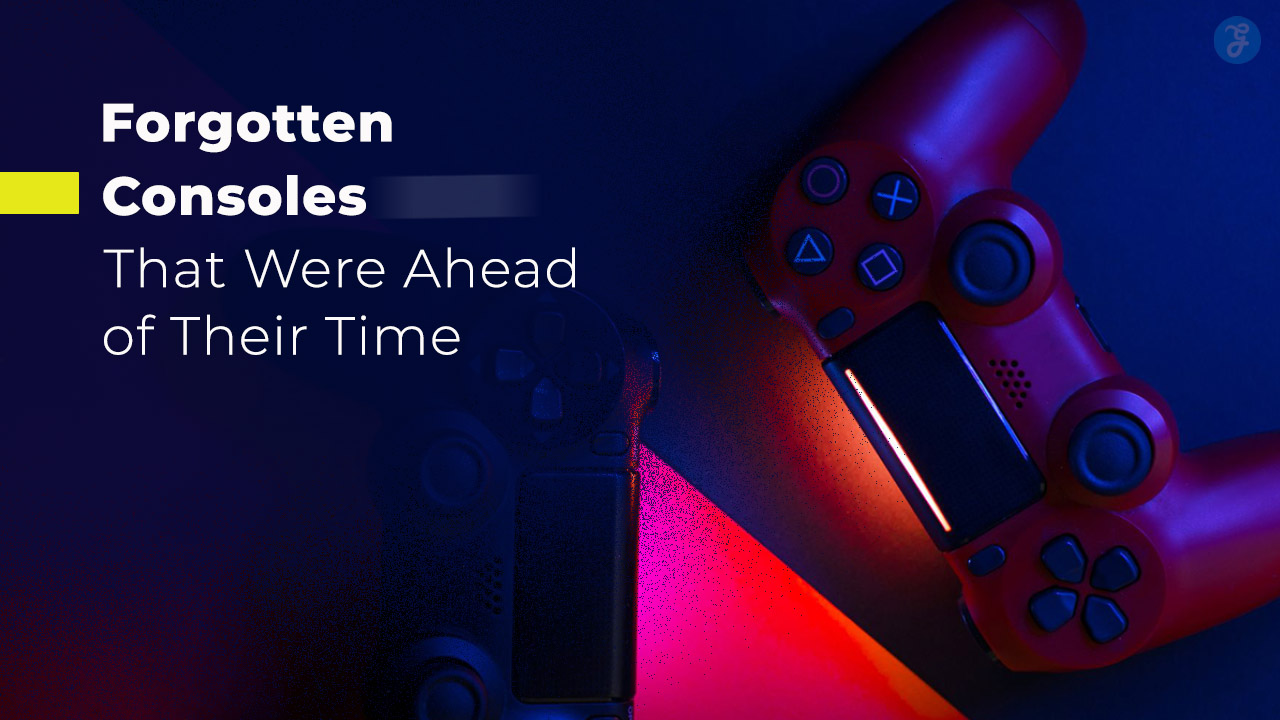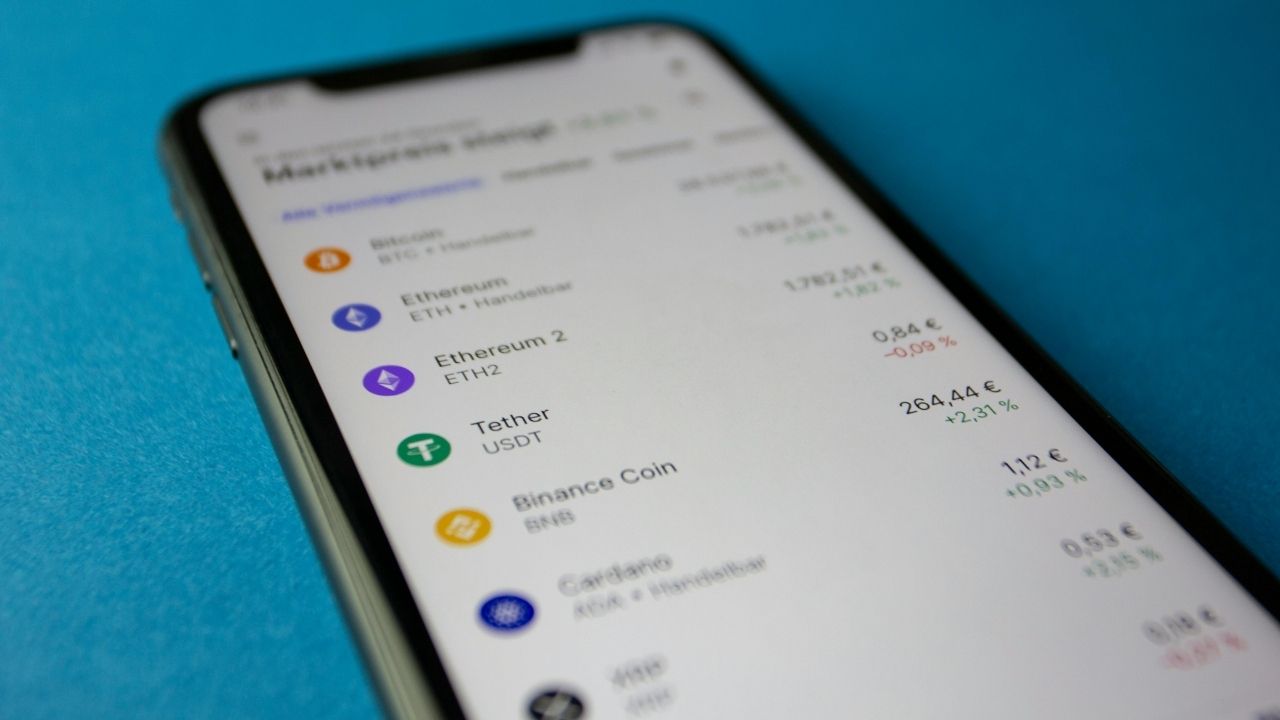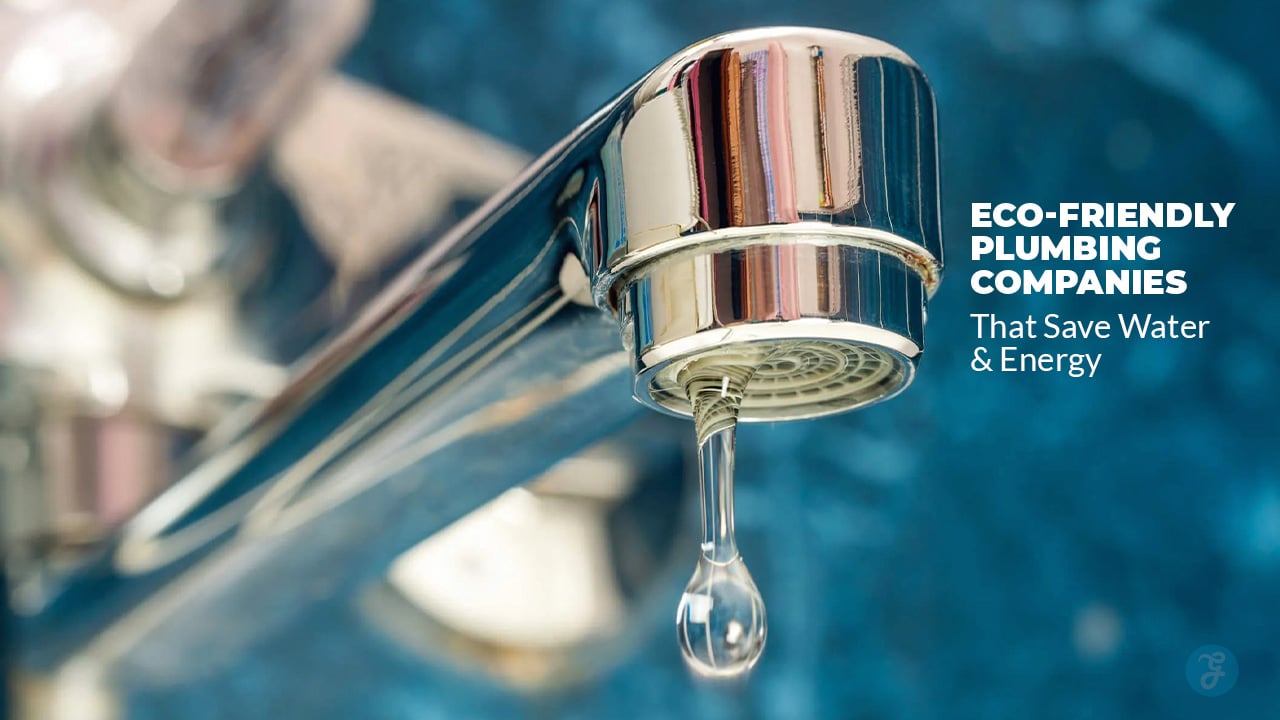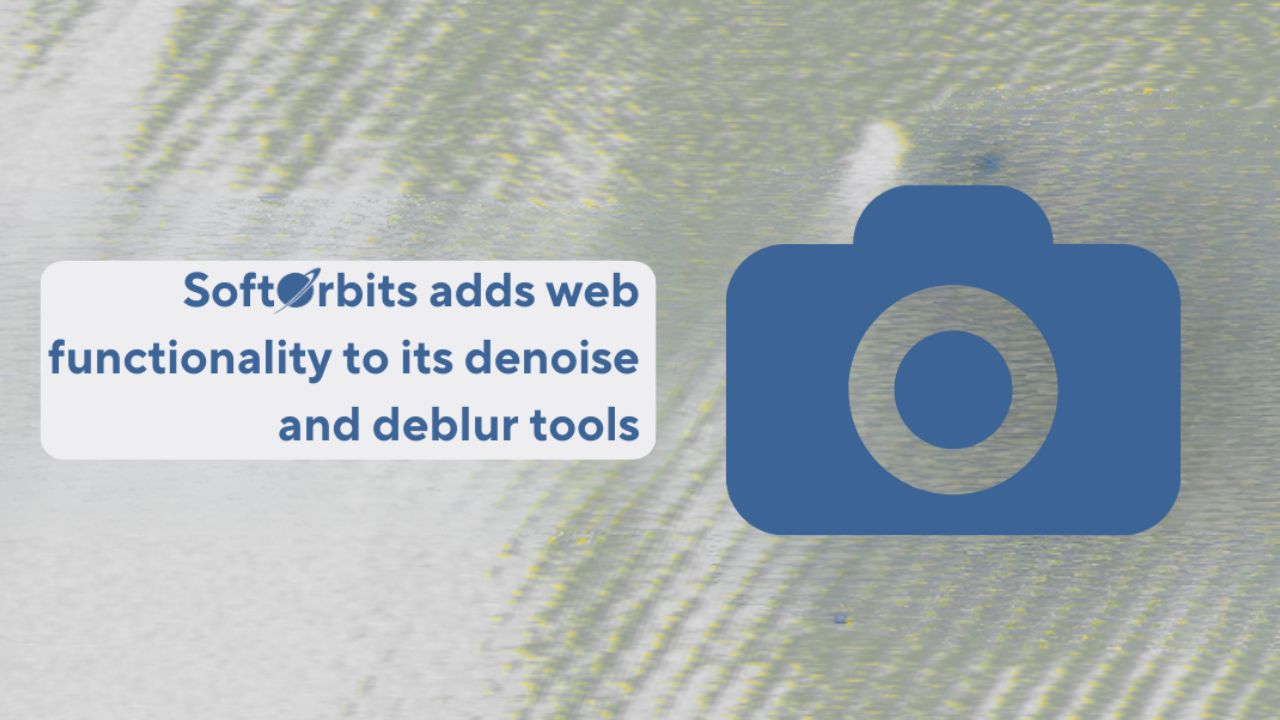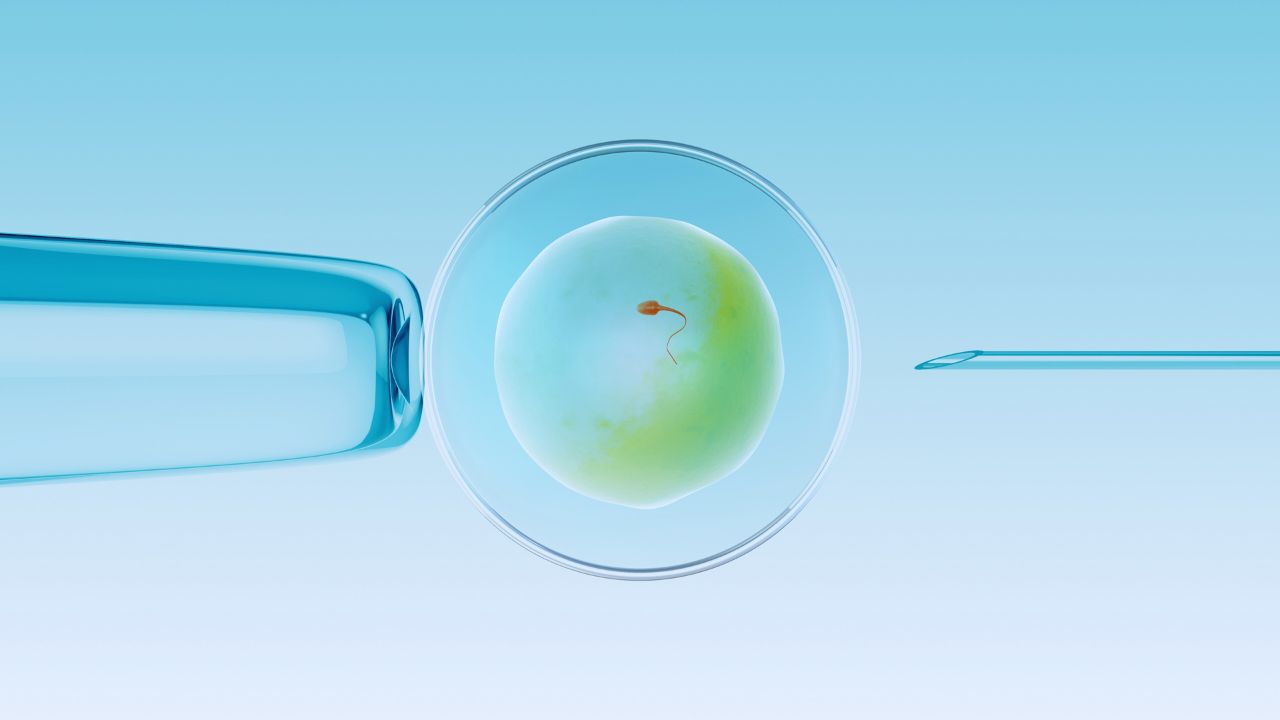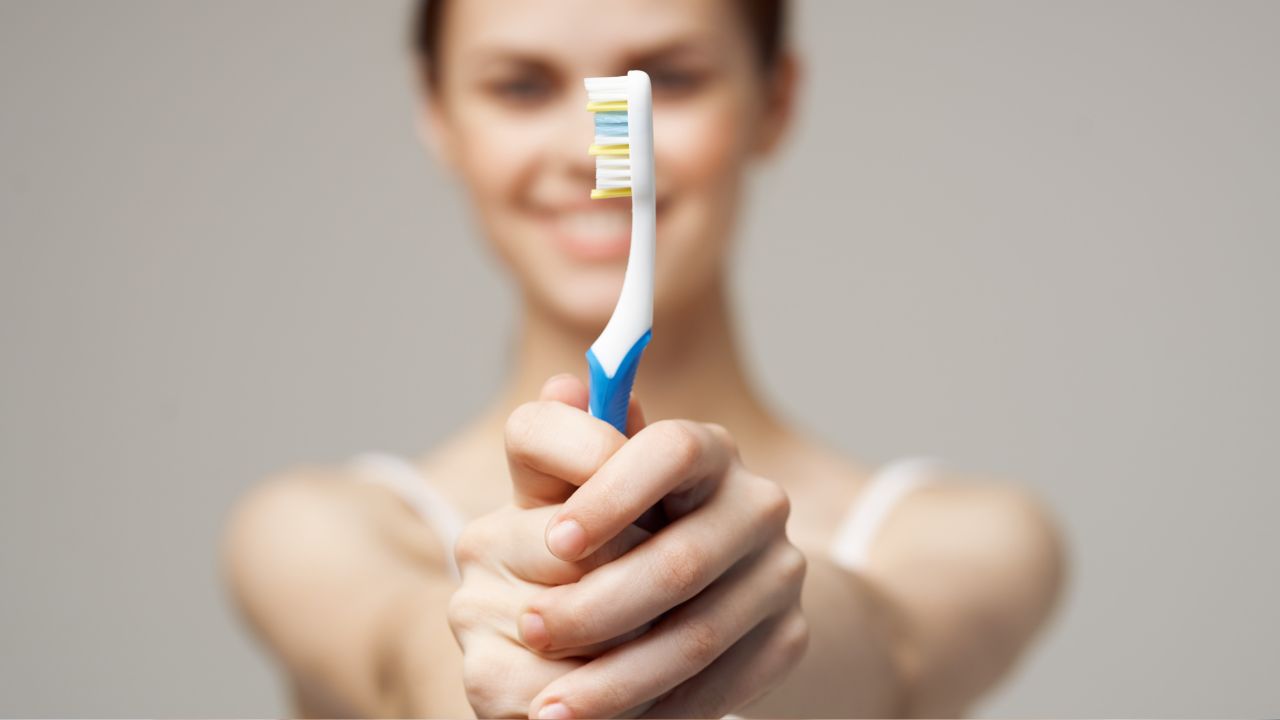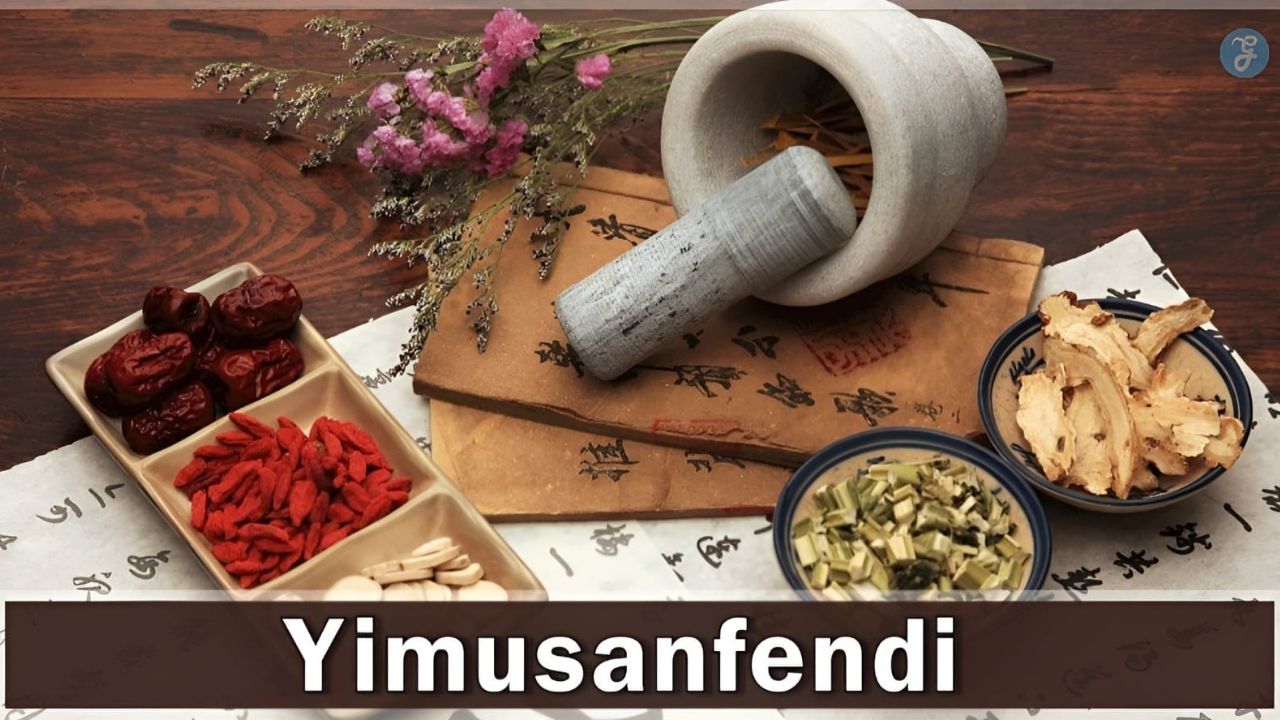Getting a Christina piercing can be exciting, but the healing time often raises questions. Many wonder, “how long does a Christina piercing take to heal?” If you’re thinking about this type of genital piercing or already have one, knowing what to expect is key.
On average, it takes 2 to 4 months for full healing. But everyone’s body heals differently based on care and factors like jewelry type and anatomy. This blog will guide you through the process—from typical healing times and aftercare tips to spotting issues early.
Keep reading if you want your new piercing to heal smoothly!
Key Takeaways
- A Christina piercing takes 2 to 4 months to heal for most, but some may need up to a year. Healing depends on care and health.
- Swelling, redness, and tenderness are normal in the first few weeks. Proper cleaning with saline helps recovery.
- Avoid tight clothes, sexual activity, and swimming until fully healed to prevent irritation or infection.
- Jewelry made of titanium or surgical steel is best for this surface piercing to reduce allergic reactions or rejection risks.
- Watch for signs of infection like yellow discharge, pain that worsens, or skin thinning around the jewelry. Seek help if needed!
How Long Does a Christina Piercing Take to Heal?
A Christina piercing usually takes about 3 to 4 months to heal fully. Healing time can vary based on personal care and skin type.
Typical healing timeframe
Healing for a Christina piercing usually takes 6 to 9 months. Some people see healing in as little as 2 to 4 months, but others may need up to a year.
The healing time depends on your care and health. This surface piercing sits on the pubic mound, so irritation can happen easily. Good aftercare, like cleaning with saline solution, helps speed up recovery.
Avoid snagging jewelry or wearing tight clothes during this period to reduce problems.
Factors that affect healing time
Healing time for a Christina piercing depends on many things. Some factors can make it slower or faster.
- Personal Anatomy
Every vulva is different. A piercing near the mons pubis may heal differently based on skin type and thickness. - Proper Aftercare
Cleaning with saline solution speeds healing. Poor hygiene increases infection risks, delaying recovery. - Jewelry Choice
Curved barbells work best for surface piercings like these. Wrong jewelry can cause irritation or rejection. - Friction or Trauma
Tight clothes or snagging jewelry can harm the area. This may delay healing or cause migration. - Lifestyle and Activity
Sexual activity restrictions are crucial early on. Avoid too much movement to prevent irritation. - Allergic Reactions
Metal allergies can slow progress. Use hypoallergenic materials like titanium (ISO 5832-3). - Health Conditions
Chronic issues like diabetes might slow the healing period due to weaker immunity. - Piercing Studio Quality
A professional piercer ensures safe placement and reduces complications right after the session.
Next, learn what to expect during the healing process!
What to Expect During the Healing Process
You may notice some changes in your piercing as it heals, including mild discomfort. Understanding these stages helps you prepare for the journey ahead.
Initial swelling and tenderness
Swelling and tenderness happen right after a Christina piercing. This is normal. Pain usually feels like 3 to 4 out of 10 on the pain scale during the piercing process. The area might stay tender for several days.
Avoid friction during this time, especially from tight clothes or sexual activity. Reducing rubbing helps ease discomfort and swelling faster. Moving into the stages of healing will give you more relief soon!
Stages of healing
The healing process for a Christina piercing can take months. Each stage has different changes and care needs.
- The first 2 weeks often include swelling, redness, and tenderness. This is normal as your body begins to adjust to the new piercing.
- By 1 month, swelling usually reduces, but the area may stay sensitive. Avoid touching it without washing hands to prevent infection.
- Between 2 to 4 months, the piercing starts forming stronger tissue around the jewelry. Pain or discharge should decrease during this time if cared for properly.
- Around 6 to 9 months, most people experience full healing of the surface piercing on their pubic mound. Healing may take longer if irritated or poorly cleaned.
- Some individuals need up to one year for complete recovery depending on their skin type or body’s healing speed.
Cleaning with saline solution can help throughout these stages of healing time!
Aftercare Tips for a Smooth Healing
Keep the area clean to avoid infections. Be gentle and protect it from bumps or pressure.
Cleaning and hygiene practices
Clean the Christina piercing 2 to 3 times a day with sterile saline solution. Use a spray or soak a cotton pad in it, and gently clean around the curved barbell. Avoid harsh soaps or rubbing alcohol as they can irritate the skin.
Shower every day to keep the area fresh and free of sweat or dirt.
Dry the piercing with a clean paper towel after cleaning or bathing. Do not use cloth towels since they can carry bacteria. Never touch your genital piercings with unwashed hands to prevent infections like hepatitis B or C.
Avoiding irritation and trauma
Avoid touching the piercing with dirty hands. Saline solution should clean the area daily to prevent irritation. Choose loose underwear at first, then switch to snug cotton panties for support.
Skip swimming pools, hot tubs, and baths during healing. These can bring bacteria into the wound. Avoid sexual activity that causes friction until fully healed. Be careful with jewelry snagging on clothes or towels to avoid trauma.
Signs of Healing Issues
Watch for unusual redness, swelling, or discharge around the piercing. Pain that worsens over time could also signal a problem.
Infections and complications
Infections can cause pain and swelling around the Christina piercing. Signs include yellow or green discharge, throbbing, and burning. If these occur, see a doctor quickly. Untreated infections may lead to serious health issues.
Poor healing happens if aftercare is ignored or improper jewelry is used. Always clean with saline solution and avoid touching the area with dirty hands. Rejection or migration of the surface bar piercing might also happen over time if your body doesn’t accept it.
Recognizing migration or rejection
Enlarged holes and thinning skin around the piercing can signal rejection. Red, flaky skin near the area is another common sign. This happens when your body sees the jewelry as a threat.
Trauma, friction, or poor placement might speed up migration.
A Christina piercing may shift if it’s not deep enough or under constant pressure. Jewelry that moves too much can irritate the skin and lead to problems. Check for swelling that doesn’t go down or increased discomfort over time.
When to Change Jewelry
Wait for the piercing to fully heal before changing jewelry. Always use clean hands and proper tools to prevent irritation or damage.
Recommended waiting period
Wait at least 6 to 9 months before changing the jewelry. This gives most Christina piercings enough time to heal properly. Some people may need up to a year for complete healing, depending on their body.
Always consult a professional piercer before switching jewelry. They can check if the piercing is ready and help avoid damage or infection. Choose high-quality materials like a curved barbell made of titanium or surgical steel to reduce irritation.
How to safely change jewelry
Clean your hands with soap and water before starting. Use a sterile saline solution to clean the area around your piercing carefully.
Choose high-quality jewelry like implant-grade titanium or surgical steel. These materials meet standards like ASTM F-136 or ASTM F-138. Gently unscrew the old jewelry, ensuring you don’t tug or cause irritation.
Slowly insert the new piece without forcing it. If it feels stuck, visit a professional piercer for help.
What Does a Christina Piercing Look Like?
A Christina piercing sits at the top of the vulva. It is placed where the labia majora meet and rests above the clitoral hood in the cleft of Venus. This surface piercing goes vertically through the mons pubis.
The jewelry used is usually a curved barbell or L-bar. It gives a clean, polished look but serves no sexual function. The area depends on individual anatomy, so placement can vary slightly between people.
Takeaways
Healing a Christina piercing takes patience and care. Most people heal in 2 to 4 months, but it can vary. Follow aftercare steps to avoid problems like infection or rejection. Choose the right piercer and jewelry for better results.
With proper care, this piercing can look great and boost confidence!
For a visual guide on the appearance of this unique piercing, visit our page on what a Christina piercing looks like.
FAQs on How Long Does a Christina Piercing Take to Heal
1. How long does a Christina piercing take to heal?
A Christina piercing usually takes about 6 to 9 months to heal fully, but the healing period can vary based on aftercare and your anatomy.
2. What is the best way to care for a new Christina piercing?
Use saline solution twice daily for cleaning, avoid snagging jewelry, and follow all aftercare instructions from your professional piercer.
3. Can a Christina piercing reject or migrate?
Yes, since it’s a surface piercing on the pubic mound, rejection or migration can happen if there’s irritation or improper placement.
4. Are there any restrictions during the healing time?
Yes, you should limit sexual activity and avoid tight clothing that may cause friction until your genital piercing heals completely.
5. What kind of jewelry is used for this type of piercing?
Curved barbells are commonly used because they fit well with the anatomy of the mons pubis and reduce irritation risks.
6. Are there risks like infections or allergies with this piercing?
Infections can occur if proper care isn’t taken. Allergies may also happen if you’re sensitive to certain metals—make sure your jewelry meets standards like ISO 5832-3 for safety.


